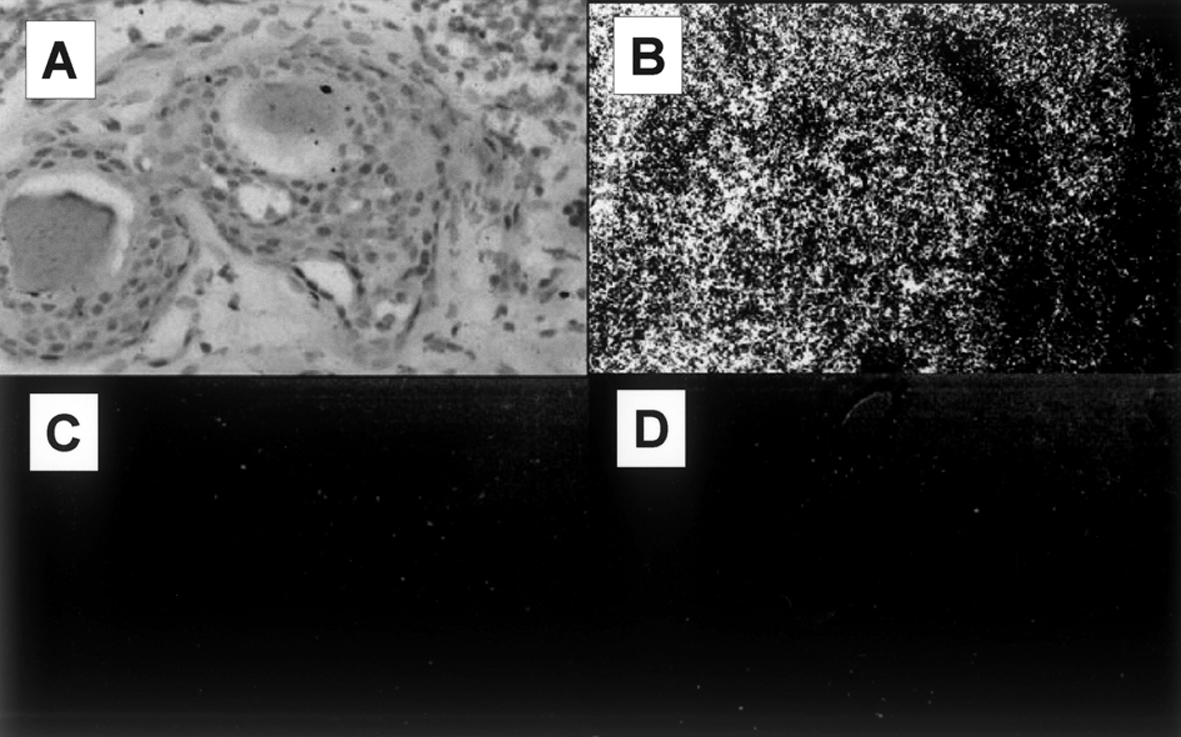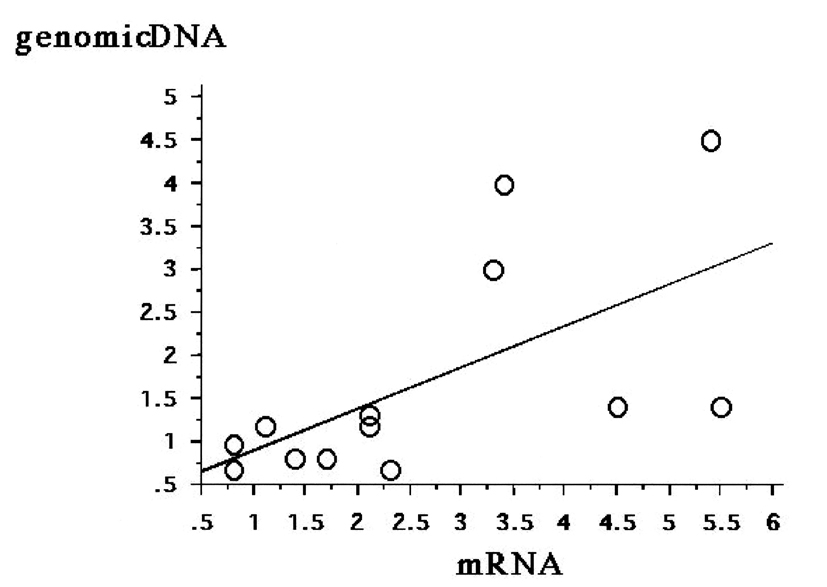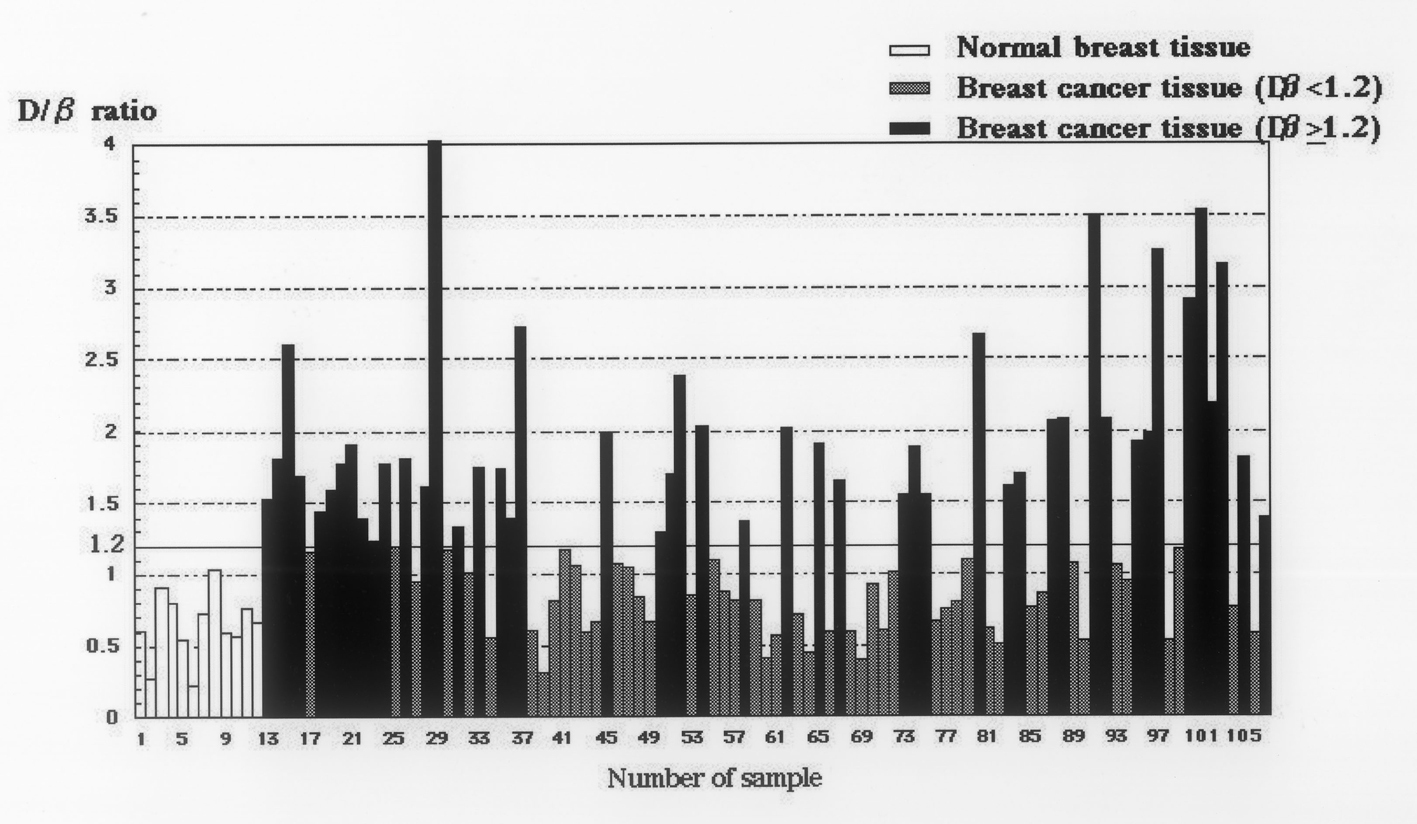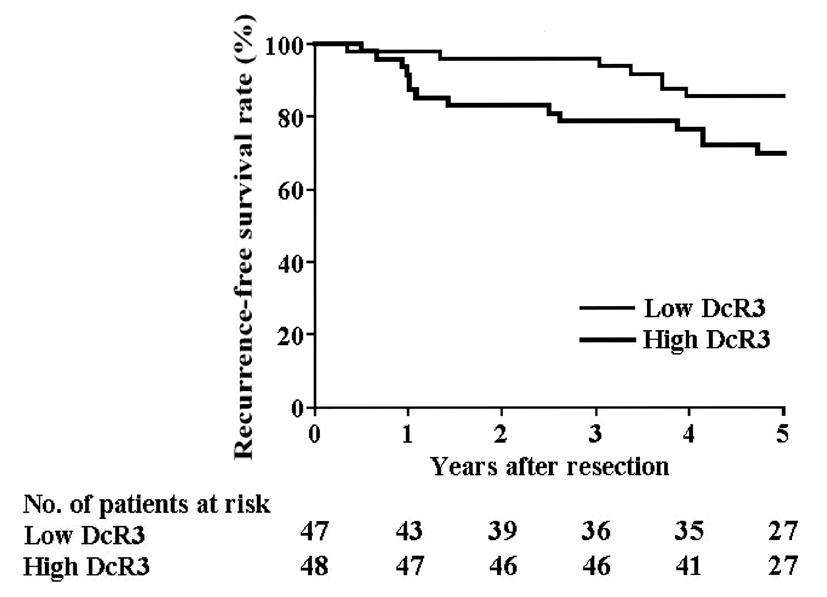
Figure 1. DcR3 mRNA expression analysis by ISH. (A) Light microscopy of breast cancer cells. (B) DcR3 mRNA expression is prominent in breast cancer cells, as visualized with the antisense probe. (C) The signals for the sense probe are negligible in the breast cancer cells. (D) The signals for the antisense probe are negligible in the normal breast cells.

Figure 2. Correlation between DcR3 gene amplification and DcR3 mRNA expression. The relative copy number of DcR3 genomic DNA correlates significantly with the level of DcR3 mRNA expression (ρ = 0.755, P = 0.0067).

Figure 3. Relative copy numbers of DcR3 genomic DNA in 95 breast cancer tissues and 12 non-cancerous tissues. The median relative copy number in 95 breast cancer tissues is 1.19. DcR3 gene amplification was defined as ≥ 1.2 DcR3 copies in this study. The median relative copy number in 12 non-cancer tissues is 0.64.

Figure 4. Recurrence-free survival. The RFS of patients with DcR3 gene amplification is significantly lower than that of patients lacking DcR3 gene amplification, as assessed in the univariate analysis (P = 0.0271).



